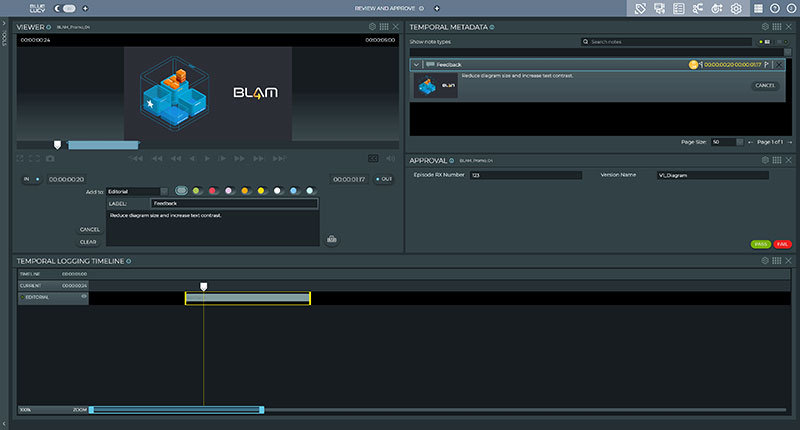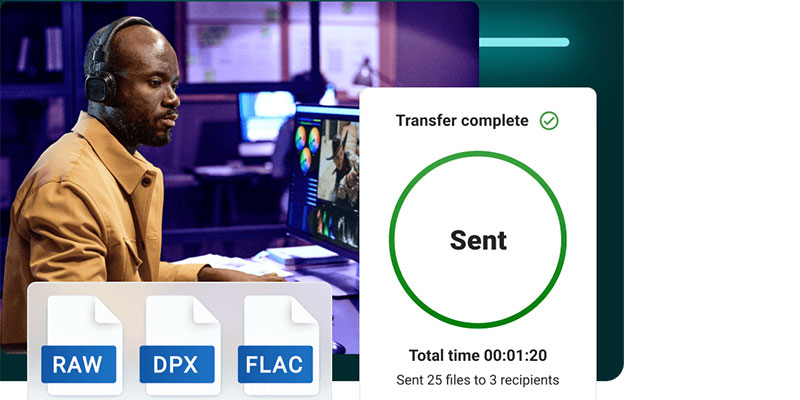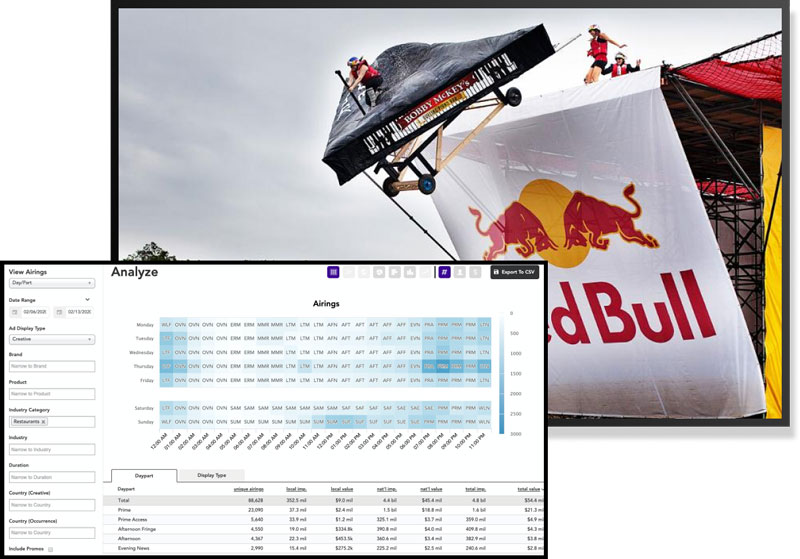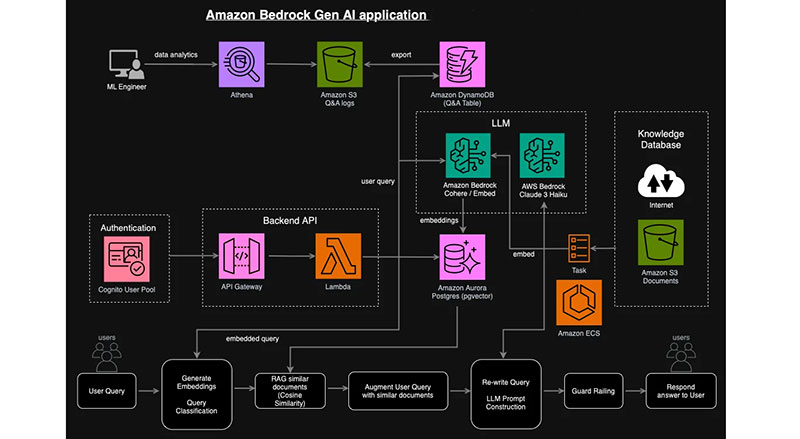OWC CEO Larry O’Connor and Yellowbrick CTO Mark Cusack share interesting predictions about how media businesses will approach data management, AI and cloud computing in 2025.

Looking ahead to 2025, Larry O’Connor, Founder and CEO of Other World Computing (OWC) and Mark Cusack, CTO of Yellowbrick, have made interesting predictions about how businesses and creative teams will approach data management, AI and cloud technology in the coming months.
Yellowbrick Data simplifies data management for secure private data clouds through its scalable, resilient SQL database. Yellowbrick uses Kubernetes for cloud compatibility and management, and eases users’ control over data by supporting self-hosting in public cloud, hybrid multi-cloud or on-premises environments. OWC develops and manufactures professional-grade storage, expansion and connectivity equipment, plus media cards and docks for PCs and Mac computers.
Both Mark and Larry believe media companies are now in a favourable position to take advantage of the differences between on-premises and cloud, by using both and making hybrid environments stronger than either one individually.
Return To On-Premises Data, Compute, Backup
Larry O’Connor predicts a return to on-premises data, compute and backup to improve performance, strengthen security and control costs. “On-premises data storage and computing will become critical as companies prioritise security, performance and financial control,” he said. “With rising costs and growing vulnerability in the cloud, organizations and individual operators are moving back to on-prem solutions as the primary strategy for secure data management.
“Storing confidential data locally not only cuts costs and improves access speed but also reduces the risk from large-scale breaches, making it a safer choice over public cloud options. Local data storage, especially in the case of smaller businesses, is a less attractive target for cyber-attacks, creating a security layer that cloud options lack.
“While the cloud plays a role as a tertiary backup, for external data sharing or for less critical uses, on-prem data and computing are the key strategy for corporate infrastructure. A sound local backup strategy will be more cost-effective and give you greater accessibility. In the case of a failure, local recovery is faster and more convenient than having to pull data from the cloud.”
He also remarked that the cost of cloud storage in particular has gone from almost free to quite expensive. The free services that initially attracted users have receded as the cost of the storage increases. He said, “The problem is not that distributed storage is without value; instead, it’s about using the right services for the need in question. There's no reason to depend on the cloud for all or a majority of your data needs, and it may not be cost-effective when compared to on-prem options that are easier and faster to deploy. The cloud also consumes bandwidth as well as time.
Cloud-to-On-Premises Repatriation
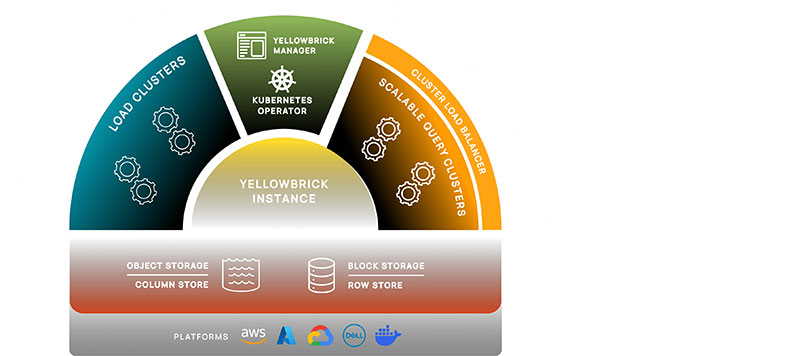
Related to these thoughts, Mark Cusack at Yellowbrick sees cloud-to-on-premises repatriation as a trend. He said, “Businesses will move workloads from the cloud to on-premises or private cloud solutions more frequently. Affordable hardware will make this shift both practical and cost-effective, giving businesses greater control and security. Driving the trend are rising cloud costs causing companies to seek more cost-effective alternatives, and security concerns over cloud breaches pushing businesses toward safer, controlled environments. Data sovereignty issues are also leading to stricter regulations requiring sensitive data to stay in-house.”
Mark considers that more companies will embrace cloud-native data platforms, on-premises or in colocation facilities, with Kubernetes. “This type of hybrid approach will give greater flexibility, agility and control, meeting the demand for faster, more scalable operations, while making use of your existing cloud expertise. This shift will still make a cloud-like experience available with elasticity and flexible scaling in data centres, and also separate compute and storage that allows workload mobility between on-premises and cloud.”
In short, hybrid cloud will become the standard as the best balance of cost and flexibility, enabled by Kubernetes-powered approaches that make use of simpler, direct portability across on-premises and multi-cloud environments. “This shift will give companies the freedom to scale, without sacrificing control or cost-efficiency,” he said. “Businesses can keep core workloads on-premises and scale up with the cloud during peak demand.”
On-Premises AI - Equity and IP Protection
In a similar way, Larry believes that bringing AI capabilities on-premises will allow more businesses, especially smaller ones without the budget for extensive cloud-based AI, to take advantage of data processing and analysis tools. “Having AI on-site also plays a role in protecting a company’s intellectual property,” he said.
“When AI is run locally, sensitive and proprietary data – such as customer insights, in-house algorithms and business strategies – stays within the company’s secure environment, reducing the risk of exposure associated with sending and processing data in the cloud. Examples include proprietary information unintentionally fed into third-party models, or intentional access by external groups.
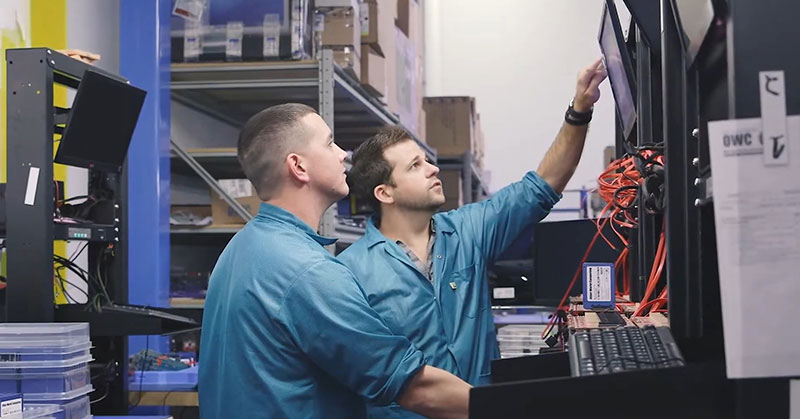
"Equally important, because AI in the cloud is currently very expensive, a shift to on-premises AI has the potential to level out the availability of AI advantages and capabilities that smaller businesses and institutions will have access to."
According to Mark, more companies will deploy private Large Language Models (LLMs) in-house, driven by concerns over data privacy, and cost. “Private LLM deployments will allow businesses greater control over their data and costs, making on-premises solutions the preferred option for many,” he said. “This strategy means companies can avoid sharing sensitive data with third-party models like OpenAI to prevent it from being used to train competitors.
“It also avoids unpredictable cost surges for services companies. Fortunately, the growing availability of commodity GPUs and falling prices will gradually make running LLMs on-premises more cost-effective than relying on cloud providers.”
Looking for Performance
Larry foresees the performance gap between locally operated systems and cloud-dependent services continuing to expand as well. Higher-performance desktop storage and local networking are likely to create a larger gap, comparing favourably against network-dependent data needs.
“For those that benefit from higher performance at their work place – for editing, ingest, backup and many other tasks – the advent of Thunderbolt 5, and on-going improvements in Thunderbolt 3/4 40Gb/s capabilities on new and upcoming Mac and PC/Windows systems, means local data and interface capabilities will grow more and more competitive.
“When you are able to operate locally on plug and play cabling or networking, with interface speeds of up to 7000MB/s vs a typical 100MB/s (1/70th the speed) at best, the contrast between remote cloud dependency and what your own system can accomplish internally and externally, suddenly becomes more tangible. Complex data sets, high-resolution imagery, video – all of these can be manipulated and processed more efficiently.
“In particular, Thunderbolt 5 has created many options for how we get work done on-site and how we balance the benefits of cloud capabilities for sharing and distribution as needed. When it takes longer to upload and then download a large data set, site-to-site, versus duplicating to a fast drive and shipping it, at a far lower cost, the focus changes to finding the best fit and using all the available technologies for the workflow a given user finds is best for them.”

Data Sovereignty
For his part, Mark raised the issue of data sovereignty mentioned above and how it will force companies to rethink cloud strategies. As data privacy laws tighten, companies will face greater legal pressure to keep data within national borders. “The proliferation of data sovereignty regulations will force companies to rethink their cloud strategies, prioritizing in-country data storage and processing systems to remain compliant and secure,” Mark said.
Data sovereignty is about a country’s authority and right to govern and control the data that originates within its borders in terms of the collection, storage, processing and distribution of data within its territory.
The topic has gained importance in the digital age as more data is being generated and collected through social media, eCommerce, mobile devices and other channels. Governments are concerned about protecting sensitive personal and business data, as well controlling data that may relate to national security.
Mark predicts that legal changes may arise in the form of governments using tax policies to enforce data sovereignty and, from there, companies avoiding even tokenized data crossing borders, to mitigate legal and security risks. In regions without cloud service provider (CSP) presence, businesses may instead move to run cloud-native solutions in local data centres.






